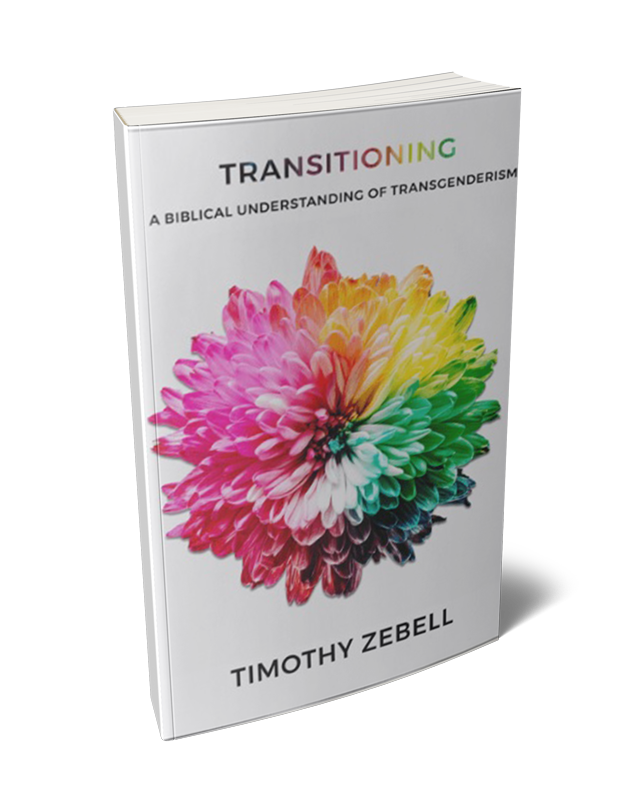Despite transgenderism’s similarities with other disorders of assumption, the mental health community has come under severe political pressure to declassify transgenderism as a mental disorder, and recent changes to the esteemed Diagnostic and Statistical Manual of Mental Disorders (DSM) has provided the category of transgenderism with a degree of protective ambiguity. Transgenderism has been reclassified from “gender identity disorder” to “gender dysphoria.” According to CNN, “The new DSM refers to ‘gender dysphoria,’ which focuses the attention on only those who feel distressed by their gender identity.”[1] Additionally, the term “mental disorder” has been redefined.
According to the previous edition of the Diagnostic and Statistical Manual of Mental Disorders, the DSM-IV, “A mental disorder is a clinically significant behavioral or psychological syndrome or pattern that occurs in an individual and that is associated with present distress or disability or with a significantly increased risk of suffering death, pain, disability, or an important loss of freedom.”[2] However, the DSM-V redefines mental disorder to afford an exception for socially deviant behavior and conflicts that are primarily between the individual and society:
A mental disorder is a syndrome characterized by clinically significant disturbance in an individual’s cognition, emotion regulation, or behavior that reflects a dysfunction in the psychological, biological, or developmental processes underlying mental functioning. Mental disorders are usually associated with significant distress in social, occupational, or other important activities. An expectable or culturally approved response to a common stressor or loss, such as the death of a loved one, is not a mental disorder. Socially deviant behavior (e.g., political, religious, or sexual) and conflicts that are primarily between the individual and society are not mental disorders unless the deviance or conflict results from a dysfunction in the individual, as described above.[3]
The American Psychological Association has endeavored to use these changes in the Diagnostic and Statistical Manual of Mental Disorders to deny that transgenderism is a mental disorder. On their website, they answer the question “Is being transgender a mental disorder?” by saying:
A psychological state is considered a mental disorder only if it causes significant distress or disability. Many transgender people do not experience their gender as distressing or disabling, which implies that identifying as transgender does not constitute a mental disorder. … Many other obstacles may lead to distress, including a lack of acceptance within society, direct or indirect experiences with discrimination, or assault. These experiences may lead many transgender people to suffer with anxiety, depression or related disorders at higher rates than nontransgender persons.[4]
In other words, because a transgender person is not troubled by their perception of themself, but only by the reaction of those around them, they cannot be said to have a mental disorder. However, this reasoning is not consistent with all mental disorders. For example, WebMD describes psychotic disorders as “distorted awareness and thinking. Two of the most common symptoms of psychotic disorders are hallucinations – the experience of images or sounds that are not real, such as hearing voices – and delusions, which are false fixed beliefs that the ill person accepts as true, despite evidence to the contrary.”[5] Sometimes a person suffering from a psychotic disorder is not troubled by their hallucinations and false fixed beliefs but only by the reaction of others to their delusion. The fact that the person is not troubled by their condition, but only by the reaction of others to their condition, does not disqualify it as a mental disorder.
Despite the recent changes to the DSM-V, we have no reason to consider transgenderism to be exceptional. It may seem insensitive and politically incorrect to refer to transgenderism as a mental disorder, but a failure to properly diagnosis the condition will inevitably lead to failures in treating transgenderism.
Free Downloads
Share...
1. Basu, Moni. “Being Transgender No Longer a Mental ‘Disorder’ in Diagnostic Manual.” CNN, December 27, 2012. Accessed June 2, 2016. http://inamerica.blogs.cnn.com/2012/12/27/being-transgender-no-longer-a-mental-disorder-in-diagnostic-manual.
2. Maisel, Eric. “The New Definition of a Mental Disorder.” Psychology Today, July 23, 2013. Accessed June 2, 2016. https://www.psychologytoday.com/blog/rethinking-psychology/201307/the-new-definition-mental-disorder.
4. American Psychological Association. “What Does Transgender Mean?” Accessed June 2, 2016. http://www.apa.org/topics/lgbt/transgender.aspx.
5. WebMD. “Types of Mental Illness.” n.d. Accessed June 2, 2016. http://www.webmd.com/mental-health/mental-health-types-illness.
Unless otherwise noted, all Scripture quotations are taken from The Holy Bible, English Standard Version, copyright ©2001 by Crossway Bibles, a publishing ministry of Good News Publishers. Used by permission. All rights reserved.








